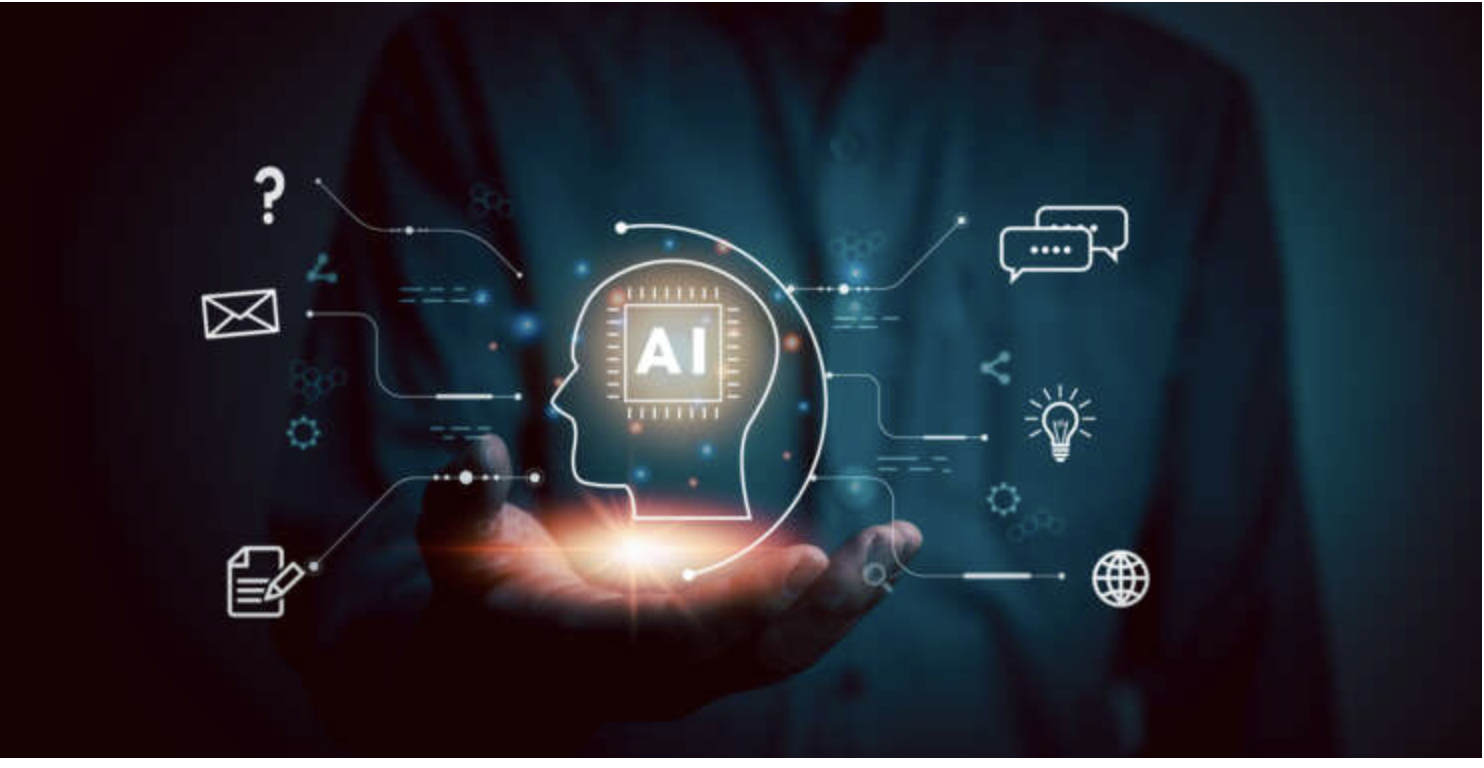
Businesses gather vast amounts of data every day. Yet between 60 and 73% of that data goes unused, according to Forrester. As a result, many small and medium-sized enterprises (SMEs) are missing out on invaluable insights that could enable them to drive their business forward.
The problem is that traditionally this data has had to be manually processed, which takes a huge amount of time and resources, with the possibility of human mistakes. Added to that, much of the data isn’t relevant. But now, thanks to technological advances, artificial intelligence (AI) and machine learning (ML) can be used to do the same job in a fraction of the time and at a fraction of the cost, without such a big margin for error and only focusing on the right data.
Among the industries where these technologies are making the biggest difference is in banking and accounting. They enable companies to improve their data analytics, credit decisions, customer service and financial risk management.
Data analytics
By using AI and ML, accountants can analyse large amounts of data faster and more accurately. As a result, they now spend less time on manual and repetitive data entry and more time on analysing the data to identify key trends and insights that can help inform better business decisions.
Because the algorithms used can pick out statistically significant patterns in financial data that may not be immediately apparent to humans, it enables firms to produce more accurate and reliable financial reports.
Credit decision-making
Previously, banks and financial institutions were restricted by the resources and time they had to process the data available to them. But now, thanks to AI and ML, they can analyse a much wider range of data, including customer behaviour and spending habits.
As a result, banks can gain a more comprehensive and meaningful insight into how the customer is using their money. This enables them to assess the creditworthiness of the customer more accurately and, thus, provide customised products that better meet their needs.
Rather than being restricted to the traditional credit scoring framework, AI-powered algorithms take into account a much broader range of factors when assessing their creditworthiness. Typically, the following factors are considered when working out a business’ credit score:
- Payment history and behaviour
- Financial statements and cash flow
- Business age and size
- Debt level and utilisation ratio
- Industry and market conditions
These algorithms can provide a far more accurate picture of an organisation’s creditworthiness. As a result of using this information, banks can, therefore, minimise their risk exposure and make better lending decisions.
But it’s not just banks that stand to benefit from this improved credit decision-making. Customers can also get better access to credit, meaning that those who may have previously been refused credit based on their credit score alone may now be able to access the credit they need.
Customer service
Given technological advances in industries such as retail, customers now expect 24/7 service, whatever the sector. AI and ML enable banks to provide this to help them with their financial needs or queries they may have.
This assistance can take the form of:
- A chatbot – a computer program that uses AI and natural language processing to understand customer questions and automate responses to them, thus simulating human conversation. They can do everything from providing information about products and services to creating customer surveys and even gaining their feedback
- A voice assistant is a type of chatbot that uses speech recognition and synthesis to interact with users through voice commands.
- A robo-advisor is a chatbot that uses algorithms and data analysis to provide financial advice and investment management to customers. They can help users create personalised portfolios based on their risk profiles, goals and preferences, as well as monitoring market trends and adjust portfolios accordingly
As well as improving customer service, the technology can also reduce costs. Automated services can quickly handle a large volume of customer enquiries at the same time, thus reducing the need for human intervention.
Financial risk management
To mitigate against the rise in cyberattacks, fraud and money laundering, banks and financial institutions need to be vigilant in detecting and preventing fraudulent activity. By using AI and ML to analyse the large amounts of data they receive, they can identify trends and patterns that may detect fraudulent behaviour and take decisive action if needed.
ML algorithms can also help banks identify potential risks by analysing historical data and predicting future trends. As well as improving their ability to detect and manage risks, they can also save time and resources by automating their risk management processes.
One such product that performs many of these functions is Pulse. By connecting to SMEs’ accounting software and bank accounts, it can provide a comprehensive view of their finances. Using AI-generated insight reports to drill down into the open banking and open accounting data, it can highlight their strengths, weaknesses, opportunities and threats.
Pulse’s interactive dashboards and graphs also enable the user to monitor cashflow, profitability, liquidity and solvency. In addition, it can identify potential issues or risks within their finances and suggest actions to tackle them.
source : https://www.globalbankingandfinance.com/how-can-ai-and-machine-learning-improve-the-use-of-financial-data/
